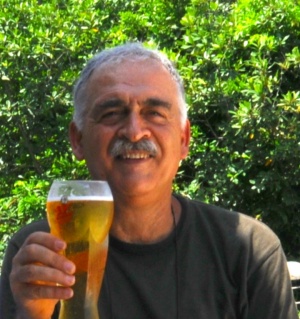A total of 15,810 specimens belonging to 216 arthropod species and subspecies were collected. Beetles (Insecta, Coleoptera) and spiders (Araneae) dominated, with 81 and 51 taxa, respectively. Two beetle families dominated, Staphylinidae and Curculionidae with, respectively, 22 and 17 species and subspecies. Exotic species were also dominant (132 species and subspecies), the Azorean endemics being restricted to only eight taxa. The remaining 76 species and subspecies are native non-endemic. Two rare endemic species were found with relatively sustainable populations, the Azores Cone-head Conocephalus chavesi(Orthoptera, Tettigoniidae) and the true weevil Drouetius oceanicus oceanicus (Coleoptera, Curculionidae). A total of six species are novel for the Azores, five exotic (Bledius unicornis, Carpelimus zealandicus, Oenopiadoublieri, Sitona hispidulus, Trichiusa immigrata) and one possibly native (Pyrrhocoris apterus). An additional 15 taxa are novel for Terceira island, ten exotic (Cheiracanthium mildei, Cylindroiulus latestriatus, Eumodicogryllus bordigalensis, Nemobius sylvestris, Pissodes castaneus, Psyllipsocus ramburi, Trachyzeloteslyonneti, Trigonnidium cicindeloides, Tychius cuprifer, Zelotes tenuis) and five native (Aegialia arenaria, Oxypoda lurida, Platycleis sabulosa, Plinthisus brevipennis, Tachyura diabrachys).





